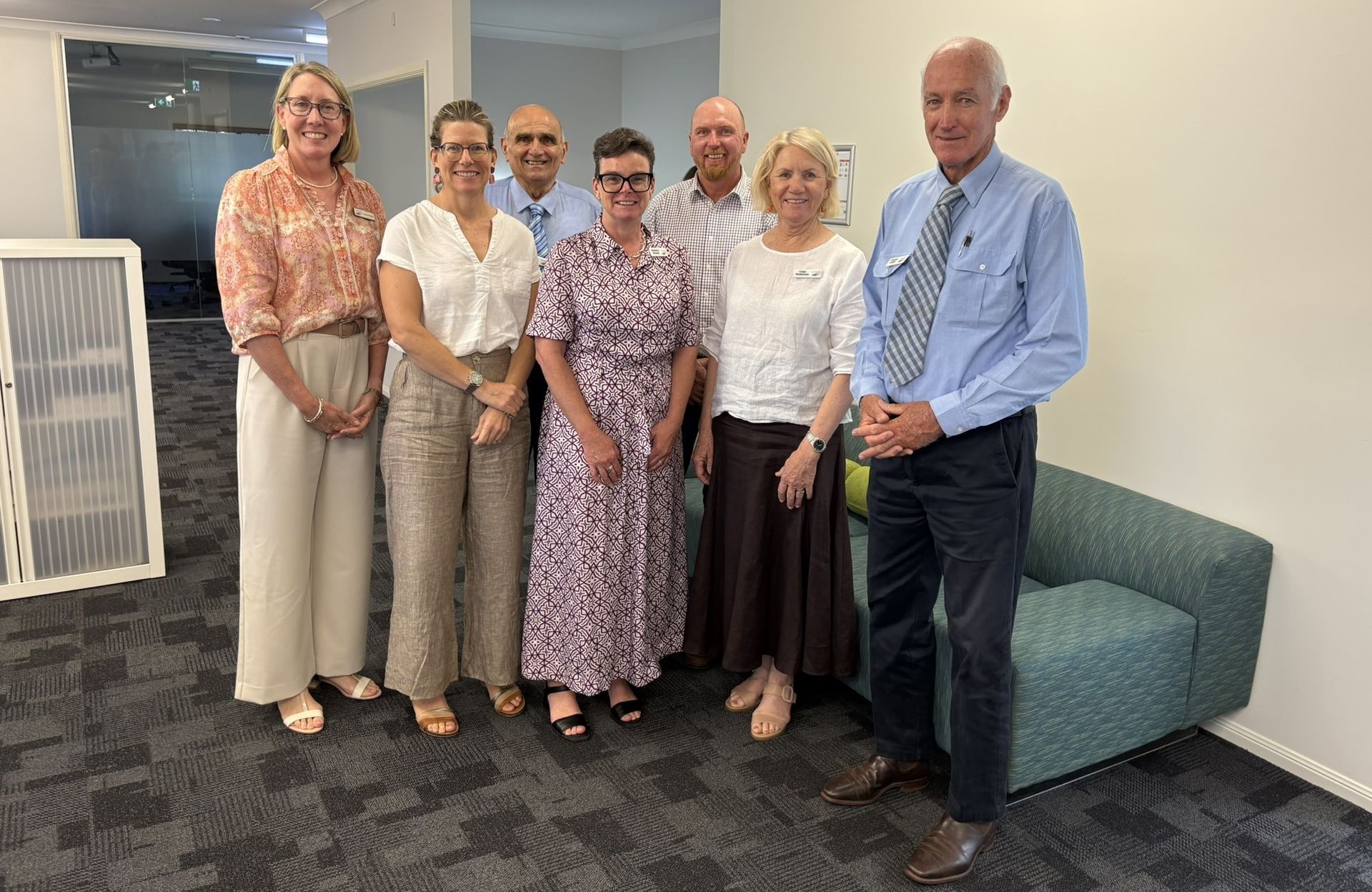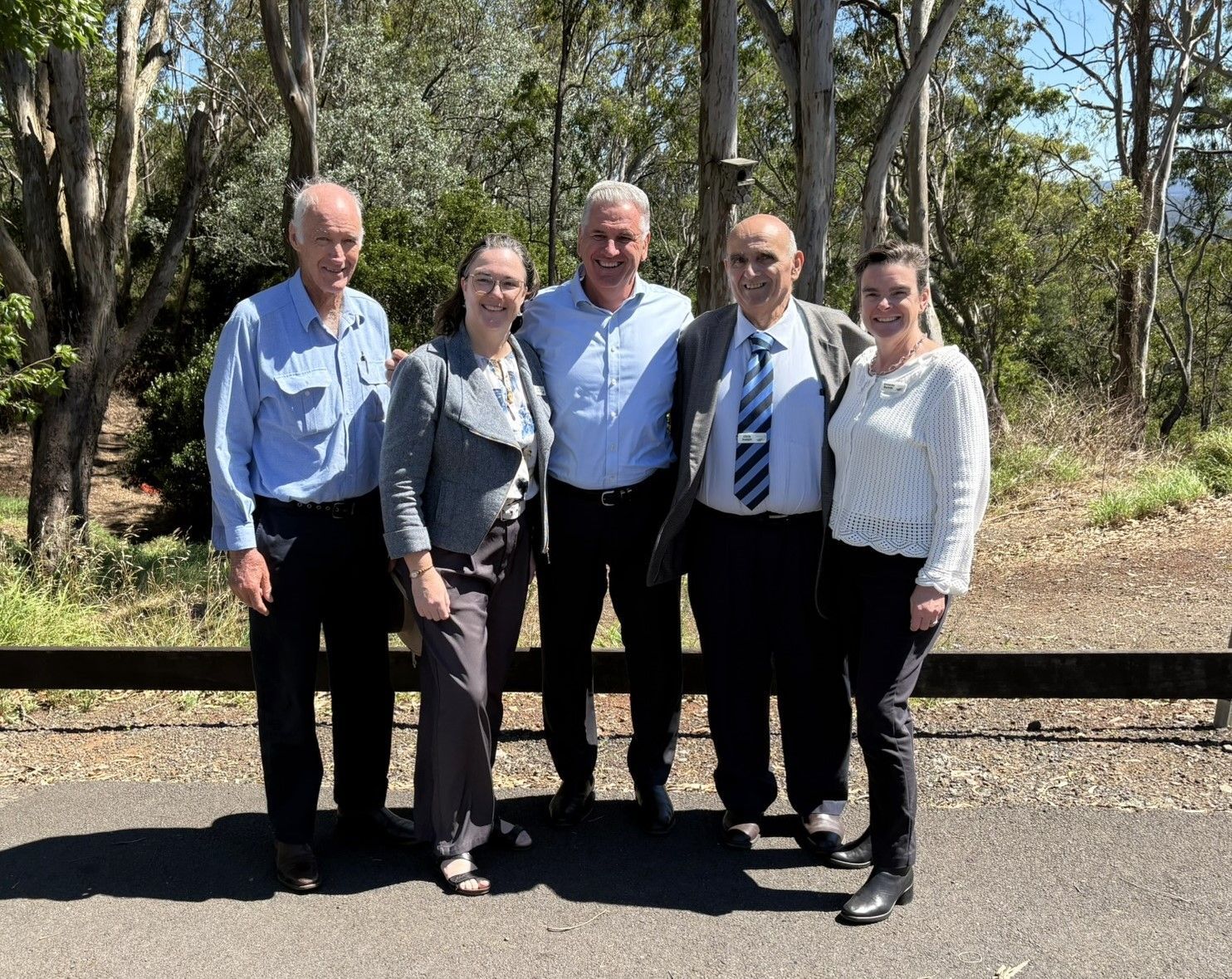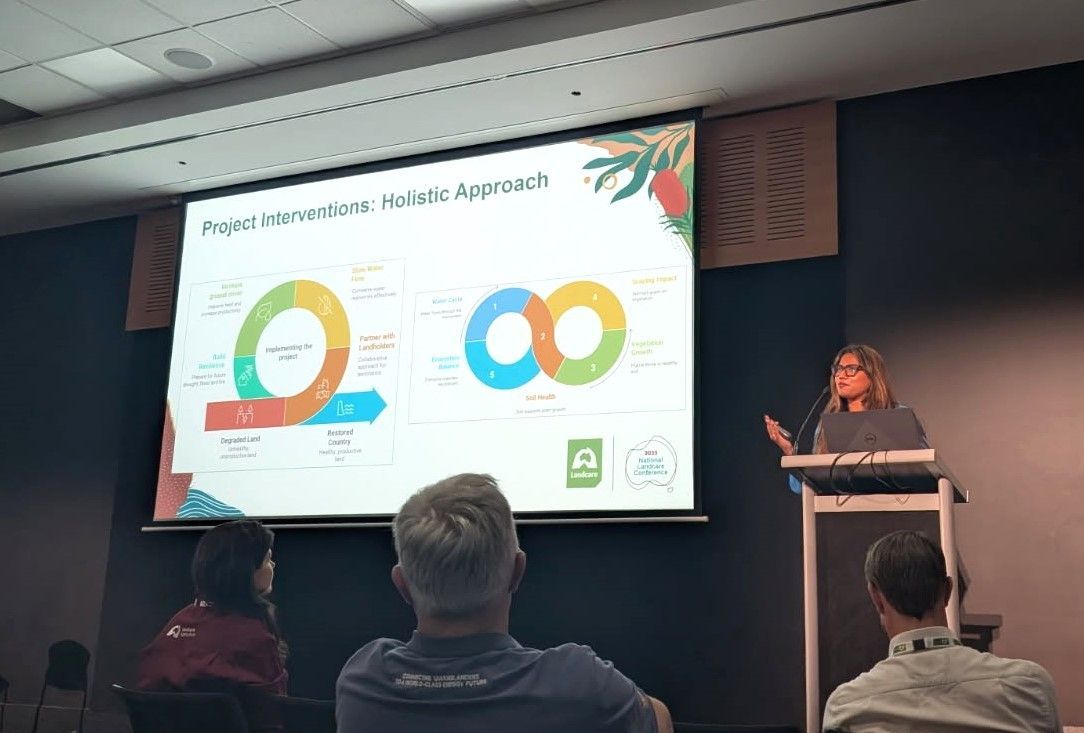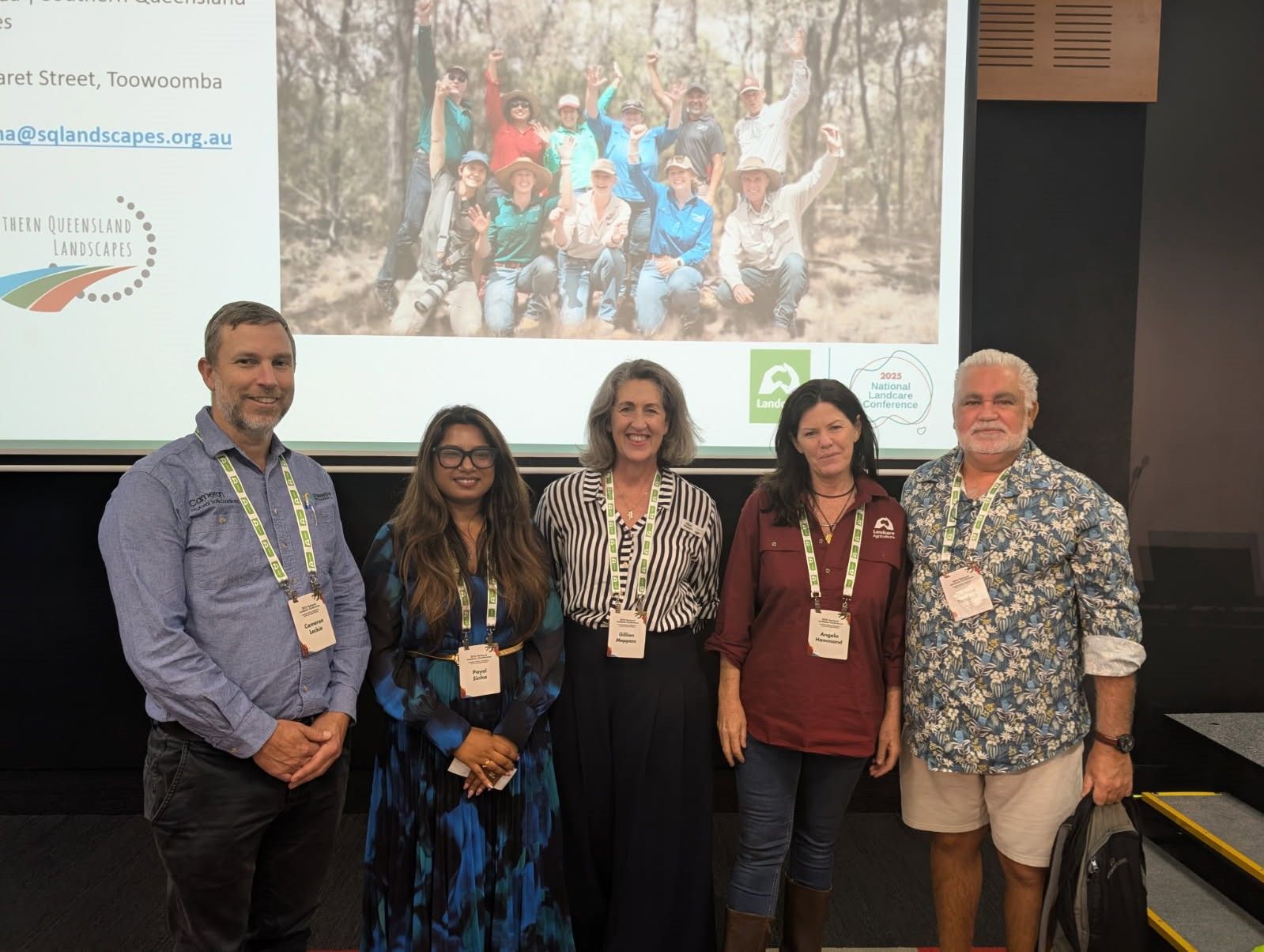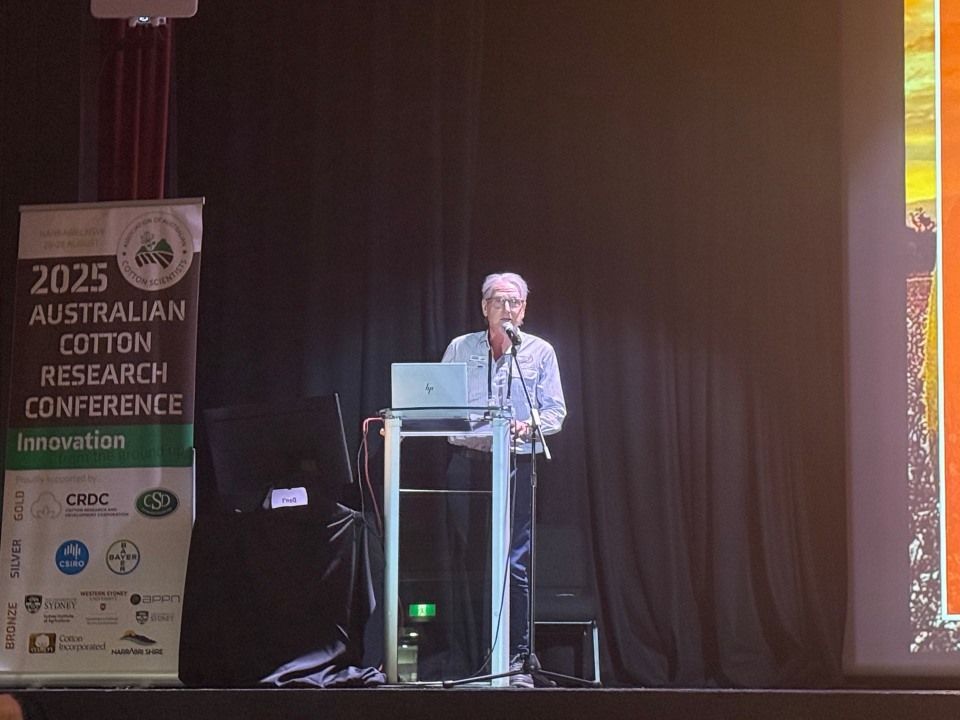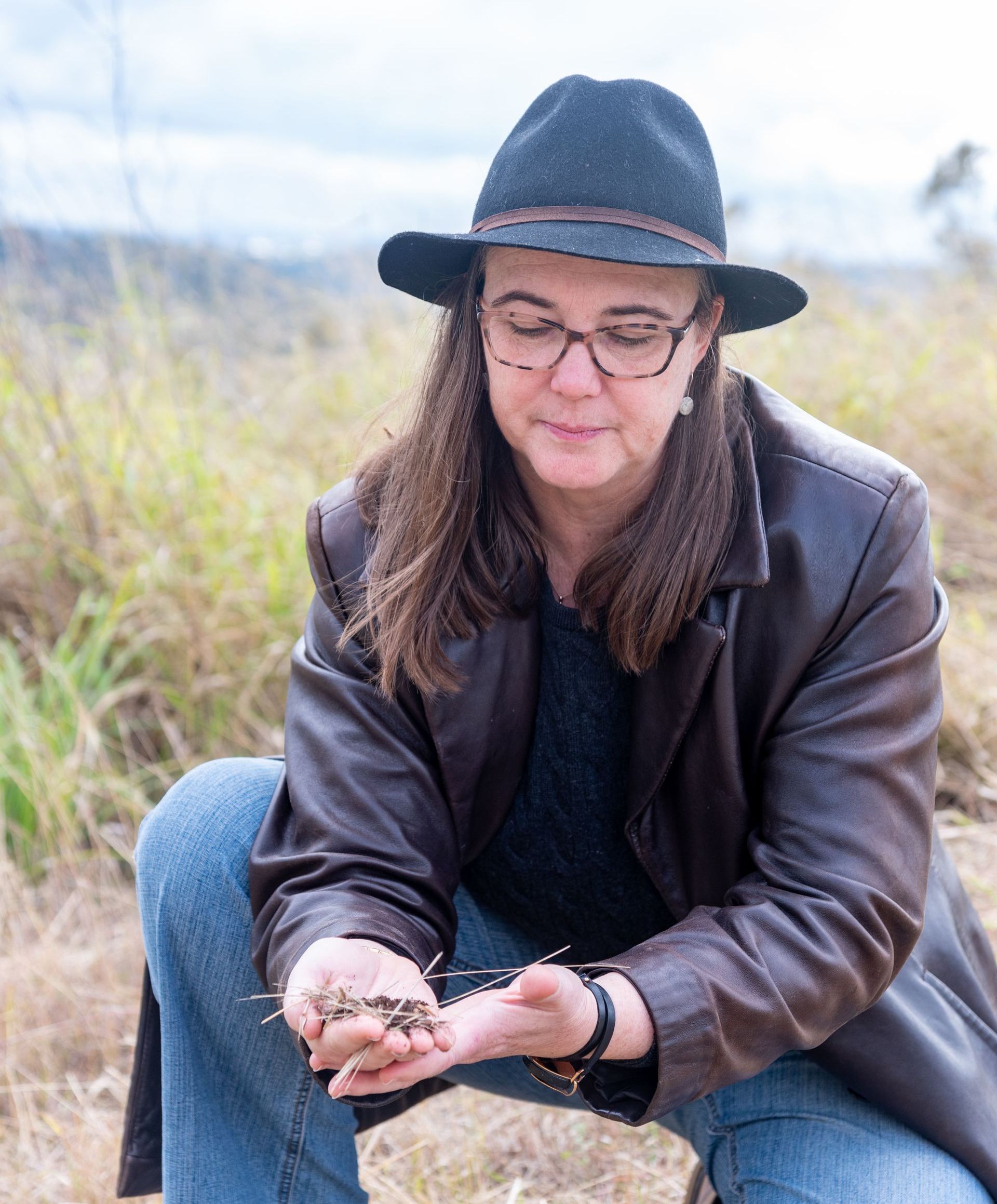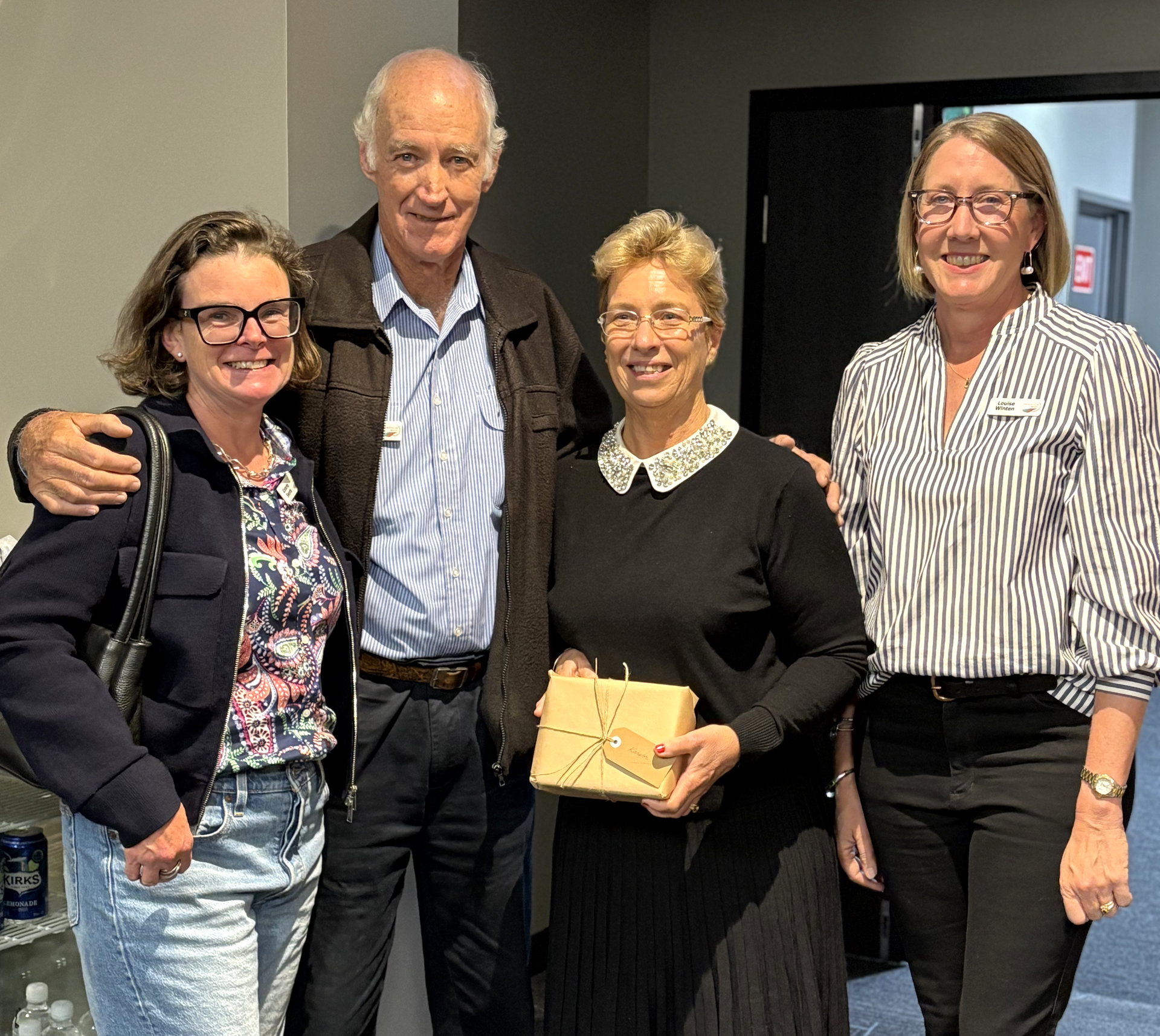Queensland based natural resource management group Southern Queensland Landscapes has bolstered its capabilities to save native animals and reduce feral populations with the arrival of former Ugandan Katonga Wildlife Reserve Assistant Warden, Hanington Agaba.
Mr Agaba arrives in Toowoomba to take up post on SQ Landscapes’ Vertebrate Pest and Wildlife Management unit, specifically working with the businesses Conservation Detector Dog team which includes Tom Garrett, Rocky and Cooper.
Mr Agaba was part of the pioneering force behind the introduction of conservation detector dogs in Uganda and has played a pivotal role in the fight against international poachers.
“The illegal trafficking of wildlife in Uganda is a very serious issue and if you are caught poaching you can face life imprisonment or fines of up to $8 million Australian dollars,” Hanington Agaba said.
“I was part of the detection team at Uganda’s International Airport, Entebbe, which is a major route for trafficking of wildlife products to the world and we were constantly checking passenger luggage and cargo for ivory, rhino horns, leopard skins, lion’s teeth, ostrich eggs, antelope skin and heads; and pangolin which is the most trafficked mammal in the world owing to its highly coveted scales used in traditional Chinese medicine,” Mr Agaba said.
“Every day was a hairy day with smugglers who were very innovative in their means to hide trafficked goods; ivory smugglers would often process the ivory or crush it up on-ground in Uganda and make it into bangles which they would try to smuggle out of the country by wearing it in plain sight; or hide unprocessed tusks in hollowed out tree trunks or containers full of crude oil but our dogs sense of smell was so good that they could find it,” he said.
“The fight for illegal trafficking of wildlife is an international fight and it's everyone’s responsibility to do what they can.”
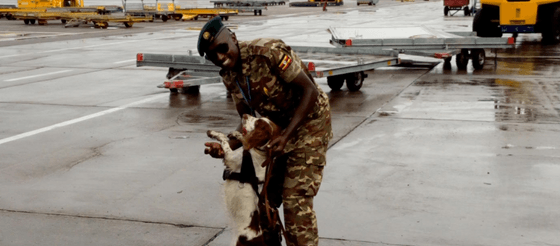
Hanington Agaba pictured at Entebbe Airport with ‘Mia’ his Springer Spaniel Conservation Detector Dog.
In Kibale and Semliki National Park Mr Agaba also worked with traditional owners to resolve issues surrounding human-wildlife conflict.
“The Problem Animal Control Unit which I headed up would work with local farmers or herdsman who were having problems with native animals attacking their goats or sheep and we would go in as a team and help resolve that issue by relocating the native animal or coming up with a solution whereby they could live together safely,” Mr Agaba said.
“But we would also work closely with these communities in and around Uganda’s National Parks to minimise poaching and educate children about the importance of the parks and protecting wildlife,” he said.
“Part of the job, no matter which country you are in, is that you have to work with the community and get them to love conservation and protecting animals, which they are often quite eager to do.”
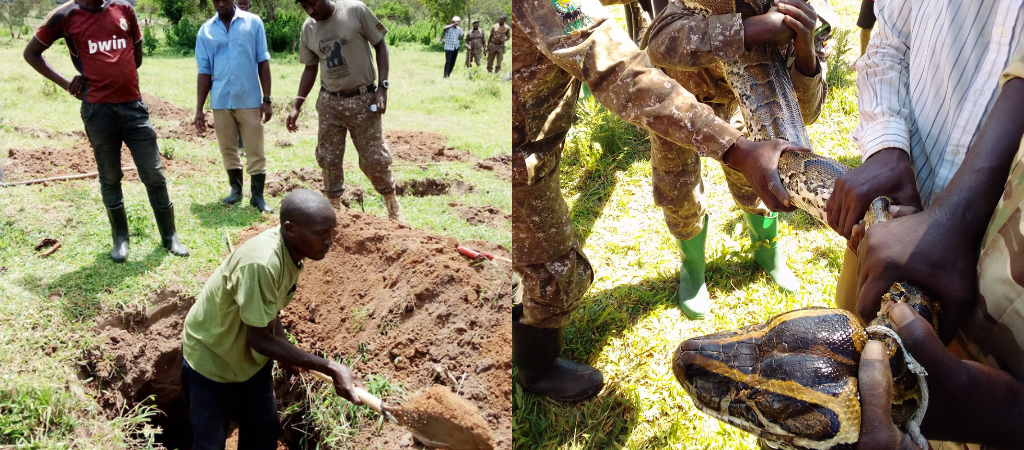
"Then Community Conservation Ranger Hanington Agaba working with local communities to locate and relocate a 16 metre python that was preying on local farmers' livestock.
The coming weeks will see Mr Agaba head out into the field with SQ Landscapes’ Conservation Detector Dog team to learn the ropes and apply his extensive skill set and knowledge to the Australian landscapes.
To find out more about the type of work SQ Landscapes Conservation Detector Dog team do visit
https://www.sqlandscapes.org.au/conservation-detector-dog-program
“I am really excited to go out into the field to see more of this country and connect with the community here,” Hanington Agaba said.
“I am excited to learn more about Australia, and also to bring some ideas from my culture, from where I come from, and to bring it here to share what we know,” Mr Agaba said.
“The team here is very welcoming and it’s starting to feel like home for me; I can’t wait to get started,” he said.
Mr Agaba’s wife is an Australian PhD student who he met while in Uganda collecting data and samples from wild primates.
“After our marriage in Uganda we initially moved to Canberra and I got involved in some volunteer work during this time with ACT Parkcare; but when I saw the advertisement for this position at SQ Landscapes it was like the stars aligned,” Hanington Agaba said.
“I wanted a job that was like what I did in Uganda, to continue what I did there, and it was challenging to find that sort of work because the conservation we do in Uganda is very different to what we see in Australia,” Mr Agaba said.
“But that also means there’s an opportunity to share my experiences, my expertise, with the team here and we can work together for new strategies,” he said
“I’m loving Toowoomba, with all of its history, and all it has to offer, such as the Carnival of Flowers. I can’t wait to get out into the field and explore more, to see all the towns, national parks, and habitats.”
Mr Agaba was decorated by the Ugandan Government in 2019 with the National Heroes Medal after saving a number of women and children from the Bundibugyo floods in Semuliki National Park where he was working as a Community Conservation Ranger.
To read more about the Bundibugyo floods and Hanington Agaba’s involvement visit
https://nilepost.co.ug/2019/12/10/bundibugyo-floods-hero-hannington-agaba-refuses-to-let-viral-fame-go-to-his-head/
